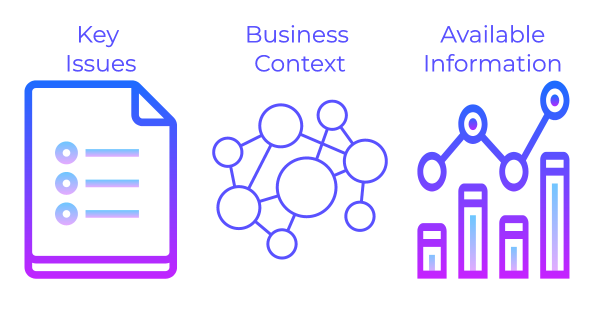Decision making is difficult and, in my experience, organizations sometimes overly focus on decision-making tools (e.g. RACI) without enough consideration for the entire process.
There are several key steps that need to be considered for robust decision making. In this article, I will focus on one of the most overlooked steps: setting the appropriate frame.
Reflect back on your experience and consider what percent of decision-making sessions start by spending time to intentionally and clearly articulate the scope of the decision. It may sometimes seem that a decision’s purpose and scope are obvious. However, even in those cases, spending time upfront to ensure there is no ambiguity in the purpose or scope of a decision is key.
Consider a decision to select a Contract Manufacturing Organization (CMO) for producing drug product. This at first glance may seem straightforward but consider the following:
- Is the focus on identifying a CMO that is able to fill an immediate need or do we need to consider future needs (e.g. larger scales for later development stages and/or commercial production)?
- Are we identifying a CMO for a single product or asset? Or do we have additional assets that the CMO needs to be able to accommodate?
- Do we need a CMO for the short term (e.g. until we build internal capabilities) or are we looking for a CMO that can serve as a partner for years to come?
Based on your responses to the above questions, your CMO selection decision may be different. Therefore, clarifying the scope of a decision upfront is important regardless of the decision-making tools your organization chooses to implement.
You frame a decision by making sure you have a clear purpose and a defined scope. As part of that exercise, you can discuss topics such as key issues, current business context, and available relevant information. If the scope seems too broad for a single decision, don’t be afraid of creating multiple sub-decisions.

So the next time your team is faced with a high impact decision, consider spending time to clarify the purpose and scope of the decision before you get too far into the decision making process.


